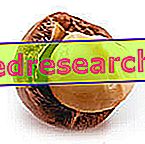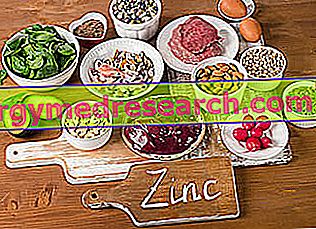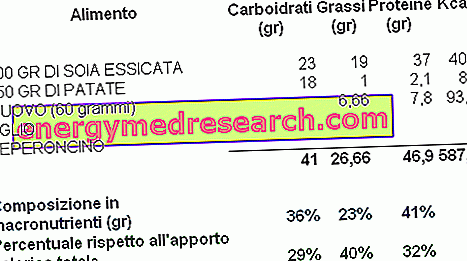Related articles: Chagas disease
Definition
Chagas disease, also called American trypanosomiasis, is an infectious disease caused by the protozoan Tripanosoma cruzi . This parasite is transmitted to humans by Triatominae bed bugs, blood-sucking insects that live mainly in some rural areas of Mexico, South America and Central America.
Infected bedbugs deposit feces containing T. cruzi at the time of skin puncture. The subject, scratching, can accidentally favor the entrance of the parasite into the organism through the wound caused by the puncture of the vector insect, the conjunctiva, the mucous membranes or any other lesion of the skin (cut or scratch).
Chagas disease can also be contracted by transfusion of blood from infected donors, organ transplantation or, more commonly, by ingestion of raw food or contaminated drinks. Furthermore, transplacental transmission is also possible. Non-human reservoirs include dogs, cats, opossums, rats and many other animals. The incubation period is about 1-2 weeks.
Most common symptoms and signs *
- Miscarriage
- Anemia
- Anorexia
- Arrhythmia
- Ascites
- Asthenia
- Increase in the ESR
- Cachexia
- Cardiomegaly
- Conjunctivitis
- Dementia
- Dysphagia
- Dyspnoea
- Abdominal pain
- Chest pain
- Muscle pains
- Edema
- Hepatomegaly
- Erythema
- Temperature
- Abdominal swelling
- Eyelid swelling
- Hydrops Fetal
- Hypertonia
- Jaundice
- lymphadenitis
- Swollen lymph nodes
- Headache
- Meningitis
- Nausea
- Pallor
- Weight loss
- thrombocytopenia
- splenomegaly
- Constipation
Further indications
Chagas disease has an acute phase that lasts for weeks or months after infection, with fever and enlarged liver, spleen and lymph nodes. A latent period (indeterminate) follows which can remain asymptomatic or progress towards the chronic phase.
During the initial phase of Chagas disease, symptoms may include headaches, pallor, muscle aches, difficulty breathing, erythematous rash, swelling and abdominal or thoracic pain. At the level of the entrance site of the parasite, a red-violet, edematous and hard (chagoma) inflammatory nodule appears. When the point of inoculation is the conjunctiva, on the other hand, the characteristic Romaña sign may develop: a monolateral periocular and palpebral edema with conjunctivitis and preauricular lymphadenopathy.
The symptoms that develop during the acute phase usually regress spontaneously. In only a small percentage of patients, acute Chagas disease is fatal; death is caused by acute myocarditis with heart failure or meningoencephalitis.
Congenital transmission produces abortion, premature birth or chronic neonatal disease with high mortality.
If the infection is not treated, T. cruzi develops in the target tissues, especially inside the muscle fibers, causing damage to the heart, esophagus, part of the intestine and the autonomic and central nervous system. Therefore, years or decades later, the chronic phase of Chagas' disease can take over, which recurs with different possible clinical forms. Some patients develop cardiac complications (conduction disorders, arrhythmia, thromboembolism, heart failure and chronic cardiomyopathy with cardiac muscle enlargement), others suffer from neurological alterations and digestive disorders (typically enlargement of the esophagus or colon). Sometimes, the symptoms of the chronic phase never occur (indeterminate form).
Digestive chagasic disease can cause swallowing difficulties, severe weight loss, malnutrition, abdominal pain and constipation (due to megacolon). Chagas mega esophagus is manifested by dysphagia and can lead to lung infections caused by aspiration.
The involvement of the nervous system, on the other hand, can lead to the onset of neurites, dementia, sensory and motor deficits.
The diagnosis of Chagas disease is based on the microscopic identification of the trypanosomes circulating in the peripheral blood or in the aspirates of the organs that are affected (such as the lymph nodes). In the chronic phase, tests for antibodies may be useful.
The treatment of Chagas disease focuses on the elimination or reduction of the parasite during acute infection and on the management of signs and symptoms in the later stages. The therapy involves the use of nifurtimox or benznidazole and supportive measures.
In endemic areas, to prevent infection it is necessary above all to avoid sleeping in homes with poorly cleaned environments, where Triatominae bedbugs can nest.



